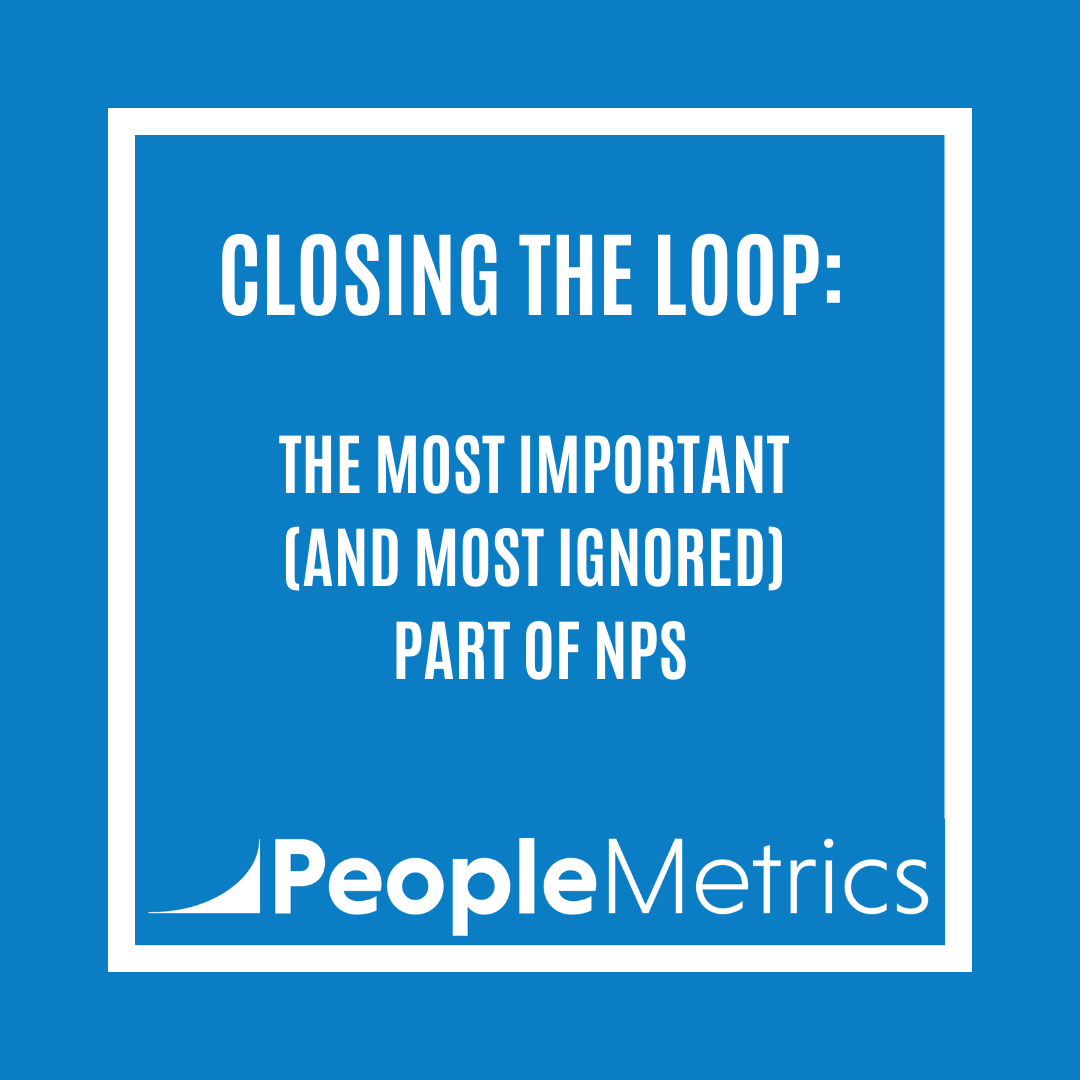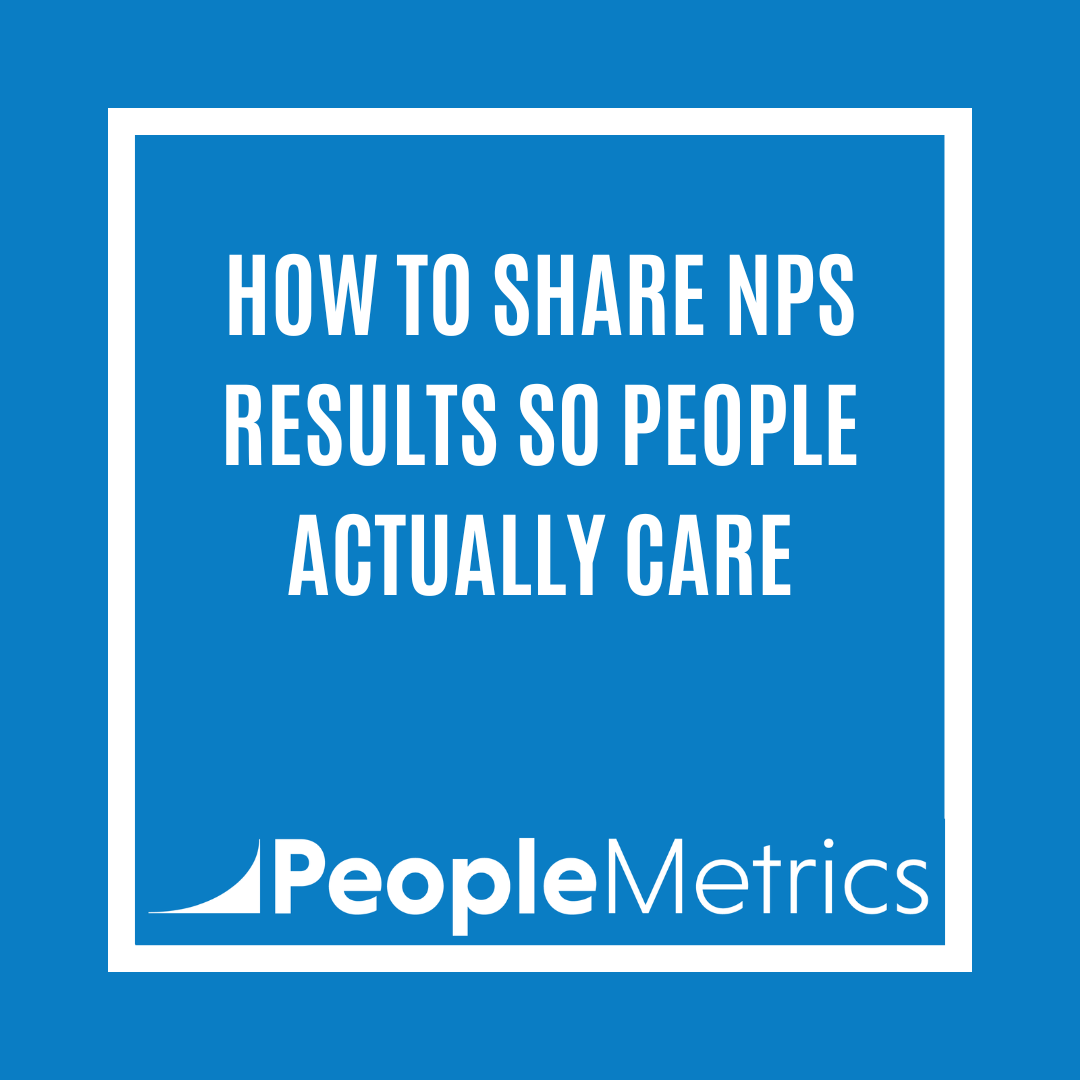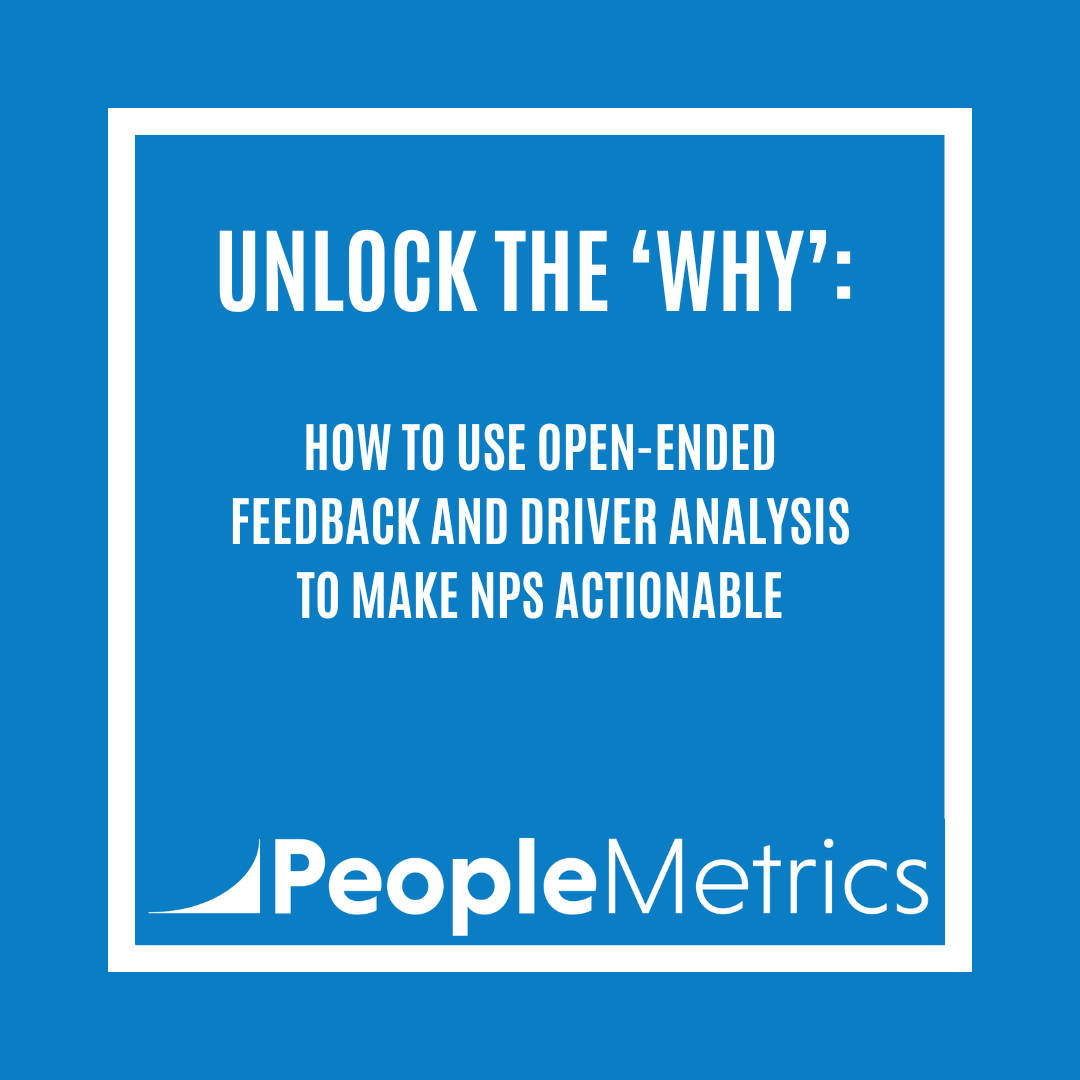 There’s a certain type of customer lurking in every company’s sales records. This customer is influential on your future business. She’s mindful enough to pay attention to her purchasing experience, and articulate enough to pass on any dissatisfaction to her friends and family. However, she doesn’t provide feedback to you when she experiences a problem; she just walks away.
There’s a certain type of customer lurking in every company’s sales records. This customer is influential on your future business. She’s mindful enough to pay attention to her purchasing experience, and articulate enough to pass on any dissatisfaction to her friends and family. However, she doesn’t provide feedback to you when she experiences a problem; she just walks away.
This is The Silent Customer, a variety of consumer that’s potentially dangerous for your business’ future stability. At the same time, The Silent Customer can be a blessing in disguise; it all depends on how you respond to customer problems, and how your customer engagement process works. This article describes The Silent Customer and lists a few ways you can gather feedback from even these mute consumers—thereby improving your own service outcomes and boosting Customer Engagement.
The Silent Customer is more common than you might think. PeopleMetrics’ Customer Engagement research has found that 1 out of every 4 customers will not tell you if they experience a problem. They won’t complain about a breakdown in service; instead, they will just cease to do business with you and your brand. Furthermore, we have found that these quiet consumers will share their dissatisfaction with at least three other people outside your organization.
Other studies have discovered even higher rates of Silent Consumerism. As Sam Deep and Lyle Sussman write in Smart Moves for People in Charge, one customer service study commissioned by the White House found that for “every 27 dissatisfactions experienced by American consumers, only 1 is voiced in the form of a complaint to the company. But the 26 silent customers don’t stay that way for long—they each tell another 10 about their unhappiness, who turn around and tell another 5. Worse than that, 91% of the mute malcontents will eventually shop around because of their unresolved dissatisfaction.”
As you can see, dissatisfied customers can be highly influential, and very difficult to track down. Although your inclination might be to dislike these customers, doing so would be a disservice to your business. As Bill Gates is known to have said: “Your most unhappy customers are your greatest source of learning."
First, consider that it’s natural for a customer to respond in this way. Imagine a less-than-stellar dining experience. The noisy atmosphere, lukewarm food and imperfect order leave you feeling tired and ready to run as soon as you have the check. By the time the waiter asks, “How was everything?” you reply, “Fine,” because it’s easier than sharing everything that went wrong. You then walk out, never to return.
The truth is that most companies make it difficult to complain. They ask vague questions, or their customer feedback hotline doesn’t actually accept complaints. Many managers avoid receiving customer feedback, because complaints are often seen as a problem, a failing—something that upper management doesn’t want to hear about.
However, if you can turn around that attitude, and create a customer feedback process that makes it easy and even pleasant for customers to relay concerns, you can see complaints as the golden eggs that they really are. Customers don’t have to complain. They are under no obligation to provide free suggestions and offers of improvement on the experience you deliver. So when they’re brave enough to speak out about something that went wrong, it makes sense to thank them. Those golden eggs of complaints are the treasures your company needs to engage future customers.
In reality, there is no such thing as a totally silent customer. Under the right circumstances, all customers are willing to pass on feedback—especially when doing so can improve their future experiences with a brand. Here are a few ways to capture customer feedback from The Silent Customer—and boost Customer Engagement going forward.
Conduct short, specific and targeted surveys. The days of the 25-minute survey are gone. Customers will tolerate at most a 5-minute survey. If the questions are phrased in a way that make sense to the customer’s own personal experience and doesn’t present a battery of irrelevant survey questions that are clearly written with the company’s, not the customer’s, needs in mind, you will receive more feedback. Design your surveys to be customer-friendly.
In more general terms, instead of asking, “How was everything,” you might ask, “What’s the one thing we could have done to make your experience better?” This kind of detailed question will streamline your customer engagement process and provide much more telling information.
Consistently gather customer feedback. We recommend gathering customer engagement feedback on an ongoing basis after key touch points. This ensures that customers will always have the opportunity to pass on feedback. Because they are built into our clients’ customer engagement process, these surveys are seen as opportunities, rather than irritations. With a “no-hassle” customer feedback process in place, your customers will be more likely to report on things that bothered them.
Respond to Complaints in Real-Time. One past weakness of Voice of the Customer programs was that they never “closed the feedback loop,” so to speak. Customers might fill out an online survey, or answer a telephone interview, but their responses were typically anonymous, meaning that managers could never actually reply to individual problems. In this context, giving feedback felt especially pointless on a personal level. Thankfully, today companies are able to implement feedback programs that allow managers to see and respond to customer engagement feedback in real-time. When a restaurant customer complains about a food allergen being present in the food, for instance, a manager can see that feedback and call back within 24-hours with a sincere apology and gift certificate. This shows previously Silent Customers that their feedback is important, and can have a positive impact on their personal customer experience and future purchase intentions.
[photo: Cara Photography]
Topic: Customer Experience






